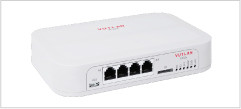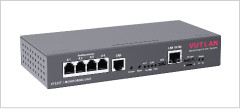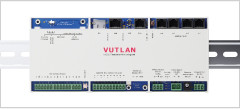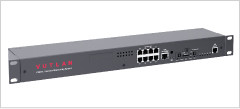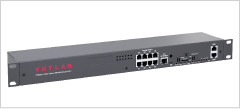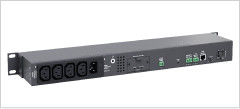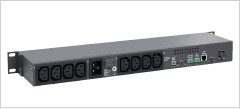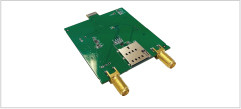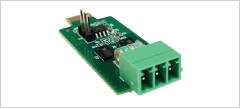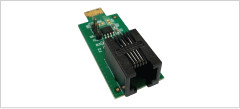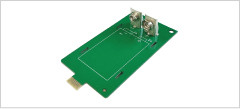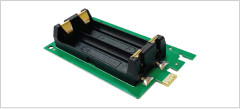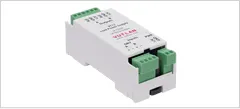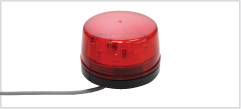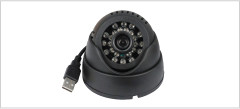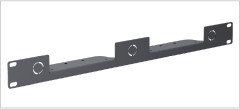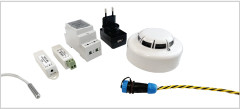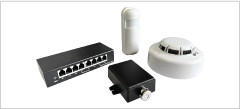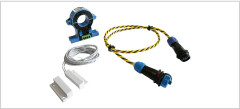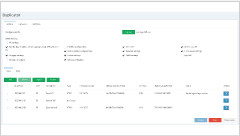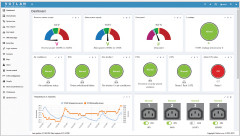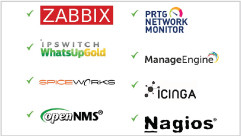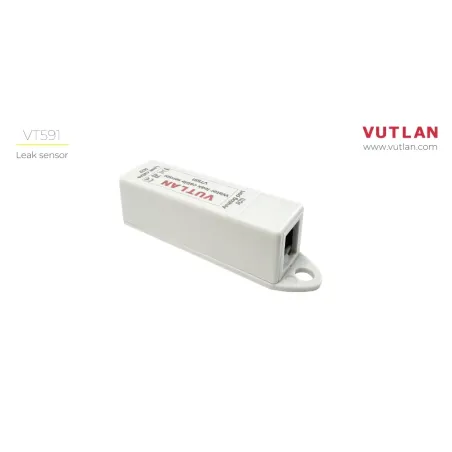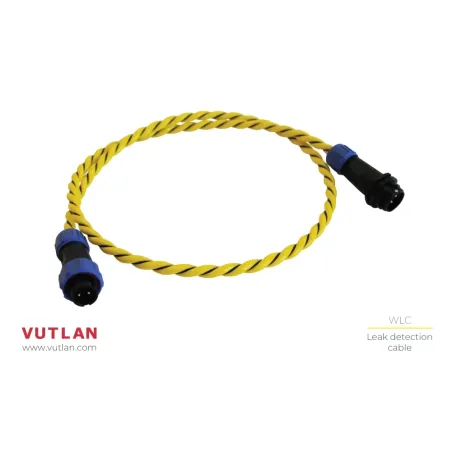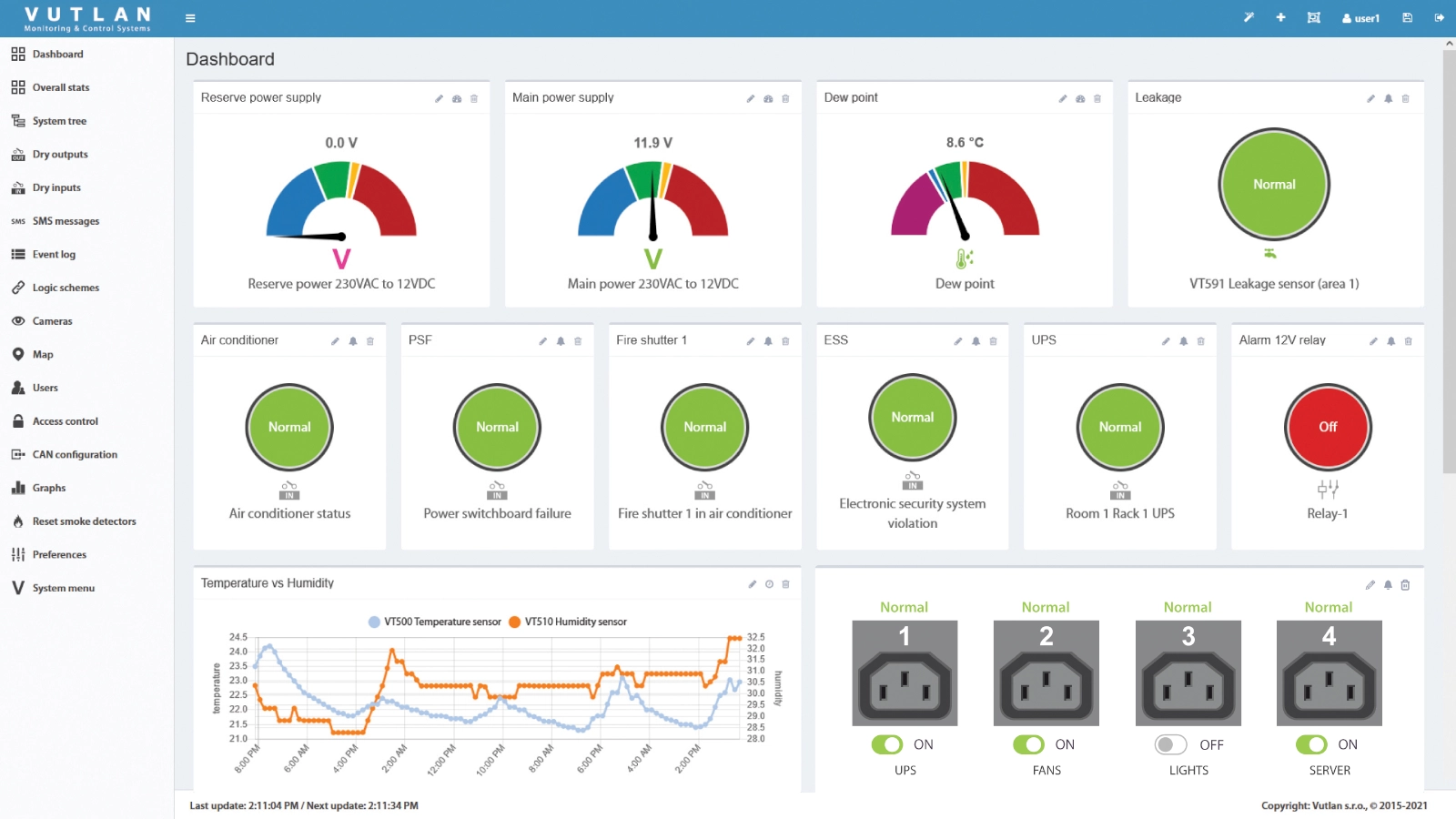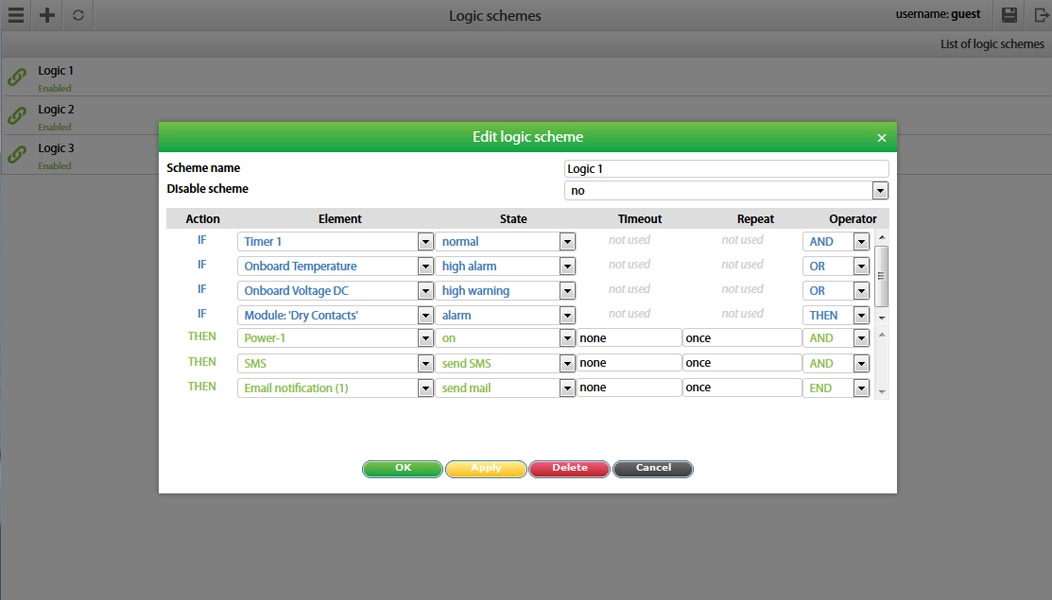Leak detection under raised floors
Issue description
Areas underneath the raised floors in data centers, IT rooms of other facilities are not visible and provide a hiding place for several threats to these critical spaces - conductive fluids, mold, rust, condensation, moisture, corrosion of equipment. Issues may not be identified until it becomes a much larger leak that wreaks havoc on the facility. The costs to repair them are then enormous. Having a water ingress detection system is therefore very important.
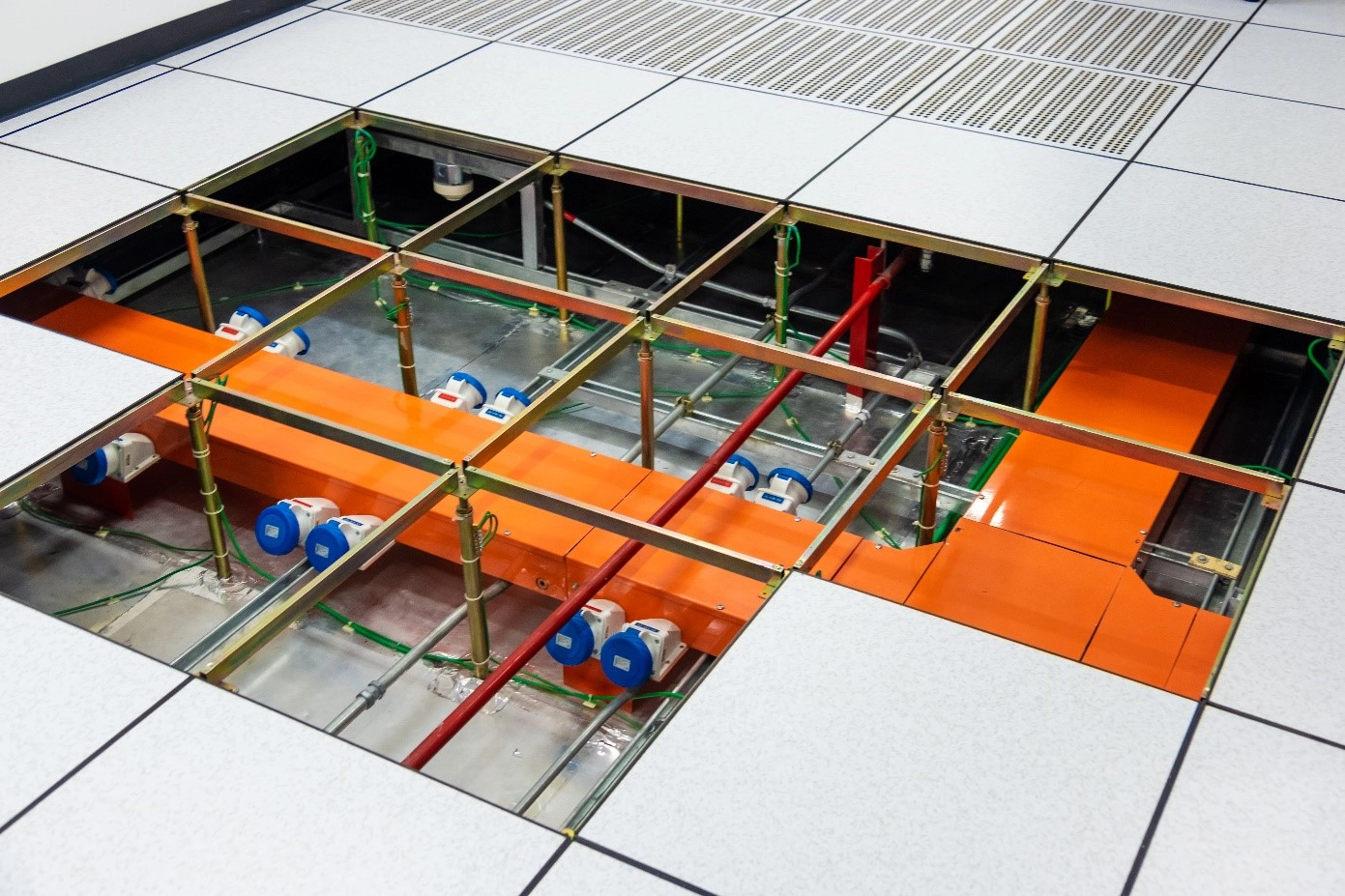
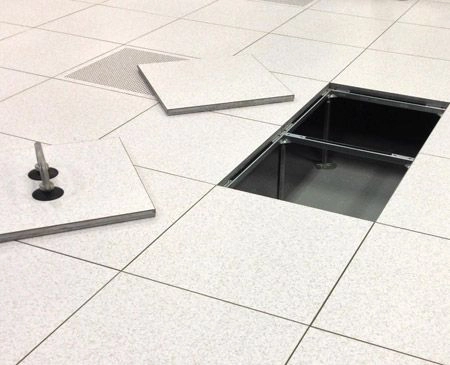
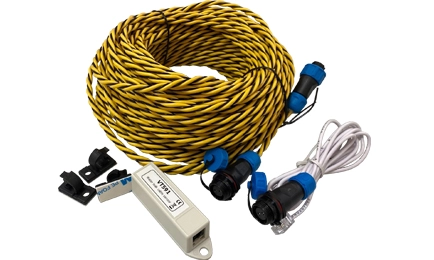

Causes
- Dripping coolant from HVAC, CRAC, chillers
- Seepage of the Water-Cooled Server Racks
- A burst of a water pipe, drips, seeping clamp in air conditioner
- Heavy rain with thunderstorm damage
- Trickles from adjoining walls.
- Rare inspection of spaces and equipment due to short staff
- Water pipe damaged by frost or a blocked sewage pipe, plumbing installations, water pipes, or water tanks
- An unwarranted surge of water from a sprinkler system
- Water Damage Through Vandalism as a Result of Burglary
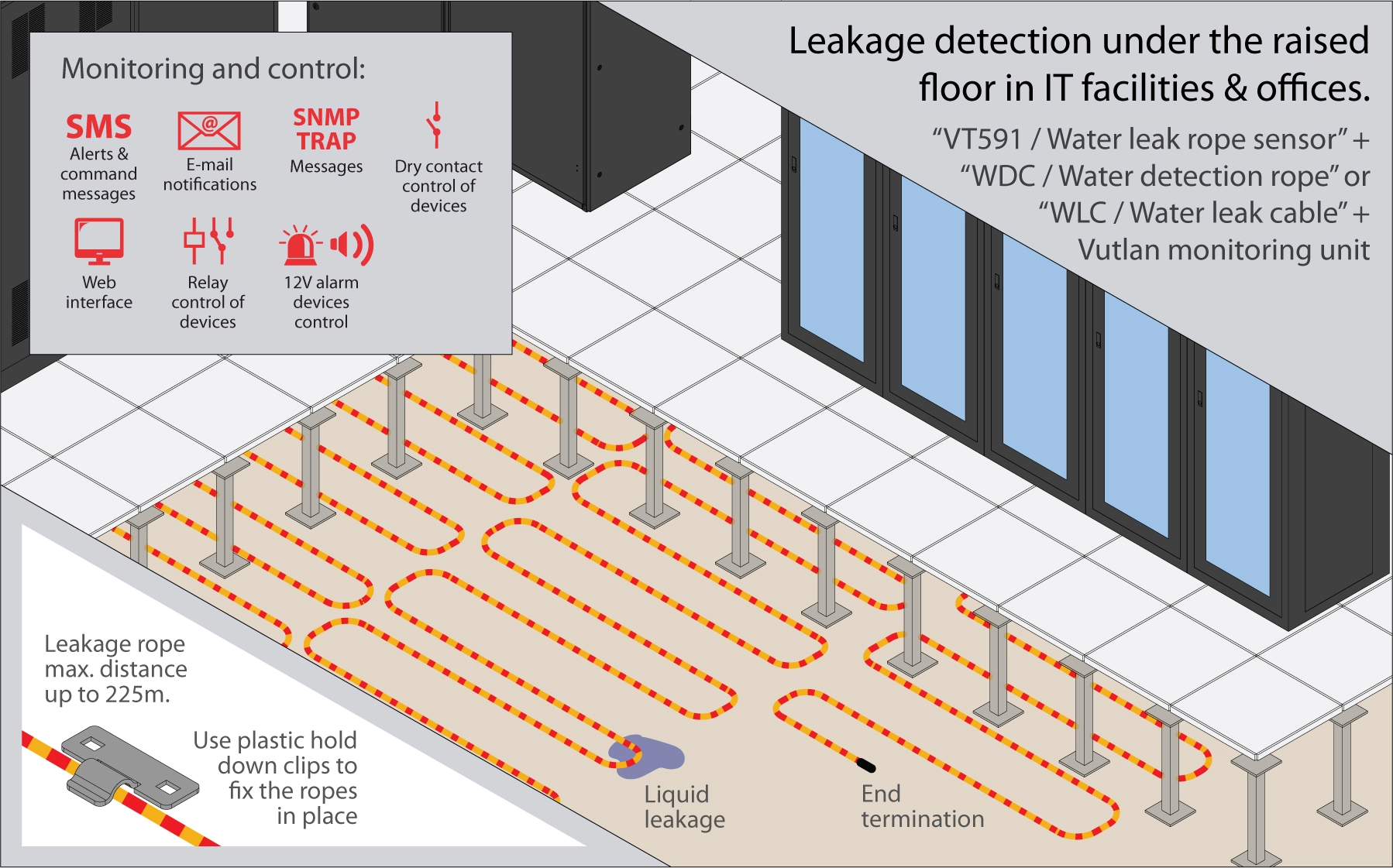
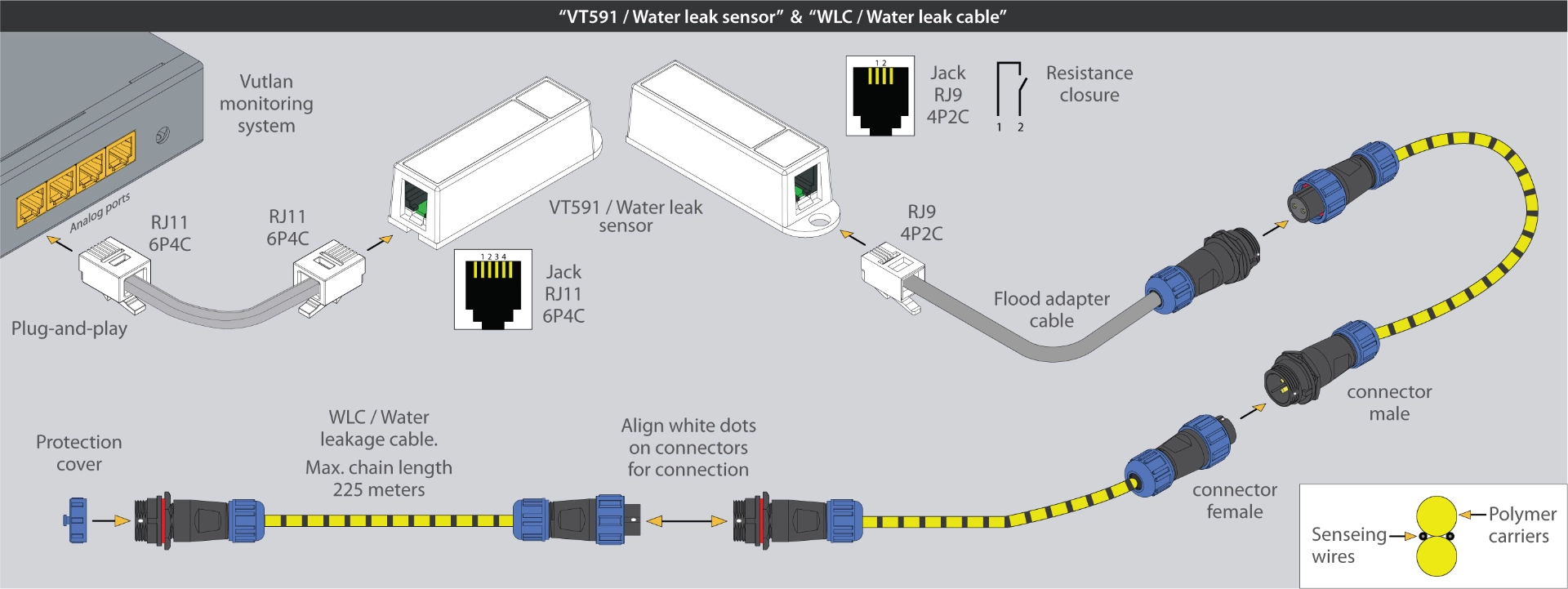
Leak detection system
Vutlan offers a very powerful, and potentially money-saving liquid leak detection system which offers:
- Leak detection cable sensors
- Leak spot sensors
- Alert notifications SNMP, E-mail, Dial Call, SMS, SNMP Trap
- Dry contact outputs
- Relay switching
- Outlet switching
- Alarm beacons, strobe lights
Advantages
- Damage to the sensor does not cripple the entire monitoring system.
- A robust web interface that gives the ability to independently track many leaks at once, with local, networked or remote alarms and diagnostics.
- Different lengths of leak detection cables are available and may be deployed on one floor or many levels of the building while being centrally monitored from the most effective locations.
- Pinpoint the location of the leak by using multiple sensors for each area.
- Possibility to extend the WLC leakage cables by connecting them to each other.
- Support of SNMP for integration to building management systems, E-mails, SMS, SNMP, and Syslogs.
- Configuration options that automatically shut off equipment or pumps/valves where appropriate (e.g. using dry contact outputs or relays).
- Ability to monitor up to 208 leak sensors independently of each other.
VT591 leak sensor & WLC cable sensor
The whole area can be effectively monitored by placing "WLC / Water leakage cable" near or along with possible flood sources. The sensor reacts to just a few drops of liquid on WDC rope or WLC cable. The cable is flexible and easy to install. "VT591 / Leak sensor" is an analog plug-and-play sensor, it is integration-friendly and quick to reset. After the flooding, the leak detection cable can be dried and reused. The sensor does not produce false alarm signals when bent or twisted. WLC can work in high humidity, pollution, and hazardous waste.
Detectable liquids:
- clean water
- polluted water
- distilled water
- acids
- alkalis
- alcohols
- other electrically conductive liquids
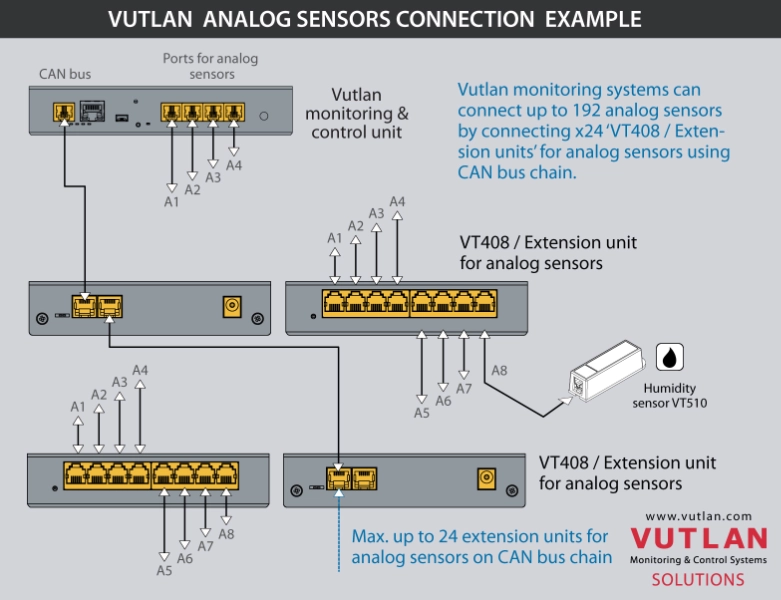
.webp)
Scalability using VT408 & VT408DIN
You can connect multiple additional leak sensors using VT408 analog sensor extension unit. Up to x32 extension units can be connected using CAN bus.
Embedded Web Interface
All Vutlan monitoring units come with a built-in multi-language Web Interface for monitoring and control of the device. Here you can configure notifications & alerts, logic schemes, user access permissions, sensors, and elements. You can also inspect sensor graphs, logs, or view cameras.
Automate alerts & events
- Logic schemes are used for notification and equipment control.
- Multiple leak sensors can be grouped for notifications.
- If there's a leakage we can activate equipment (e.g. a light tower) or shut down the equipment.
- Send alerts such as E-mails, SMS, SNMP Trap, record video, Dial a phone, or HTTP request.
.webp)
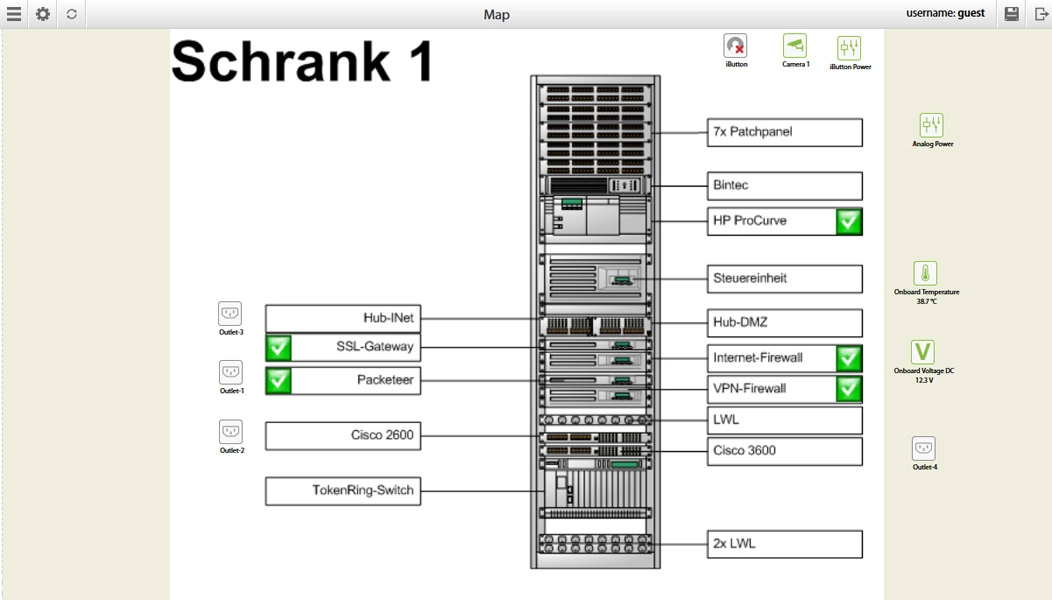
Map panel
- Multiple floor maps (e.g. ground floor, floor1, floor2)
- Vector graphs for drawing additional map elements or whole maps. E.g. leak cable sensor length on the floor map.
- Different alarm state colors. Low alarm (violet), Low warning (blue), Normal (green), High warning (orange), High alarm (Red).
